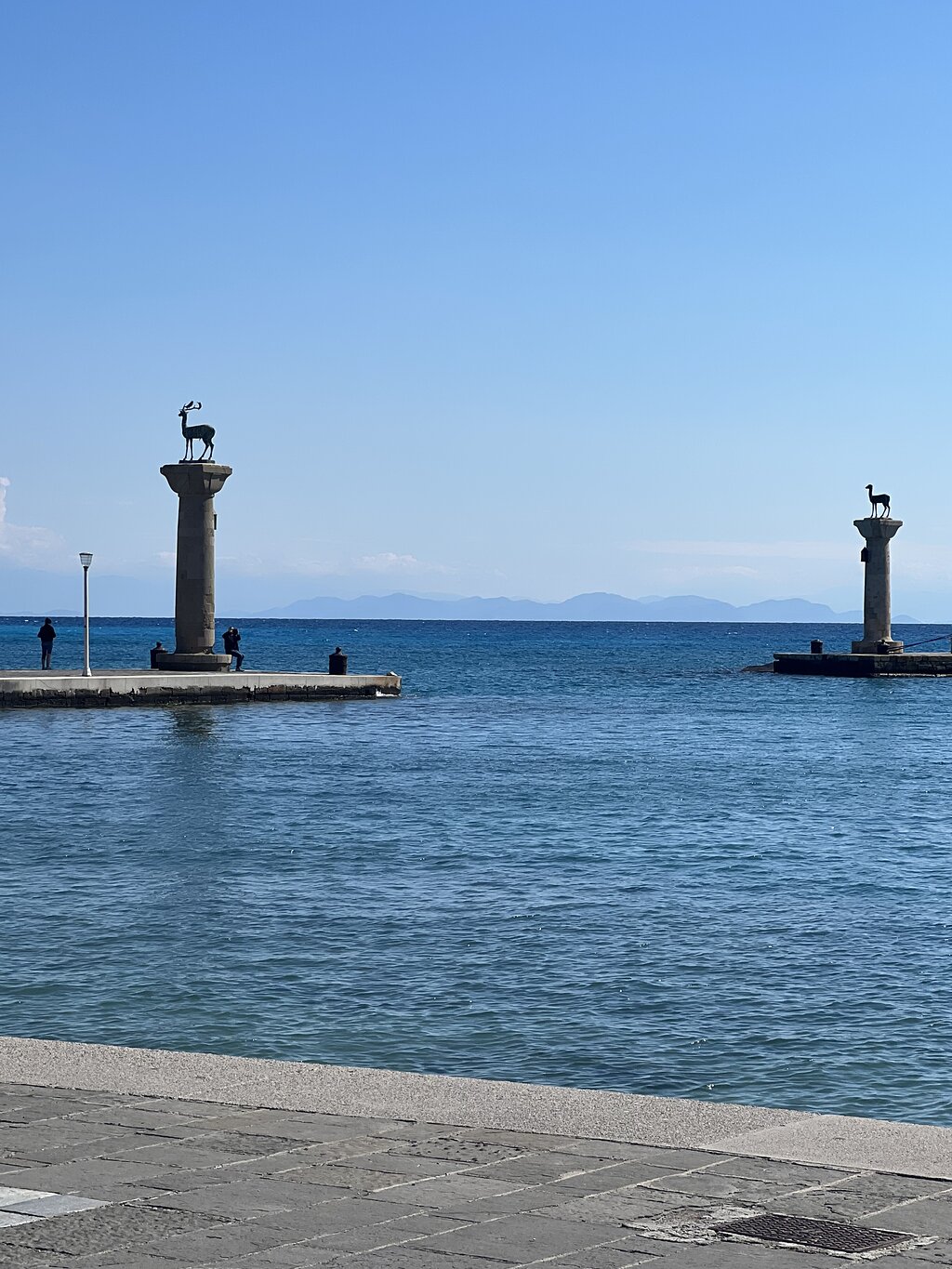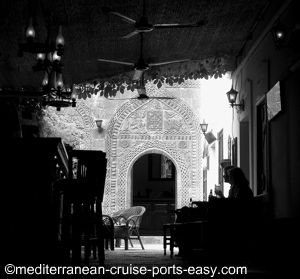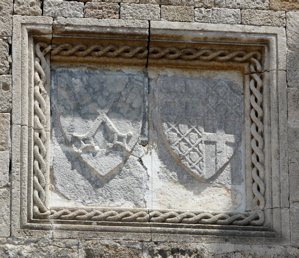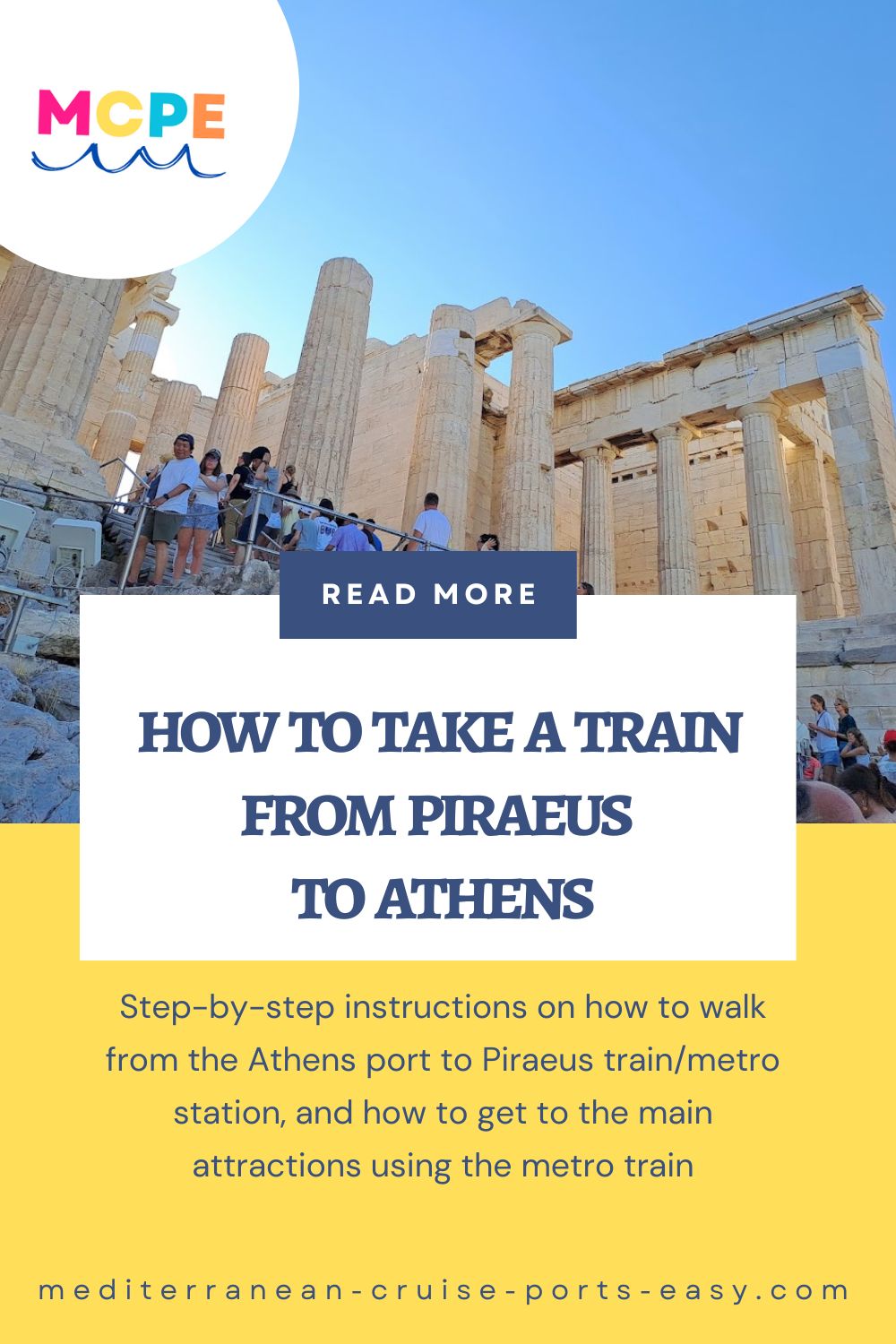- Home
- Cruise Rhodes
- Colossus of Rhodes
Colossus of Rhodes - one of the Seven Wonders of the World
Does the Colossus of Rhodes still exist? Where can it be seen? What happened to it? Find out whether you can see the Colossus of Rhodes during your Rhodes cruise
Why is the Colossus of Rhodes so special?
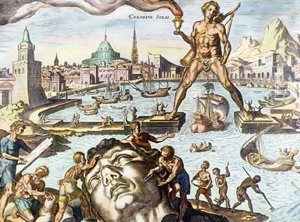
You are about to cruise to Rhodes and think you know absolutely nothing about Rhodes?
Well, how about The Colossus of Rhodes? Does it ring a bell? :)
Visiting Rhodes, you will be visiting one of the spots where one of the Seven Wonders of the Ancient World once stood. How exciting! And I'm sure you remember a thing or two about it from that long-gone history class.
Talking about the Seven Wonders, do you remember what the other 6 were?
Here’s a little help: the Temple of Artemis in Ephesus, the Gardens of Babylon, the Great Lighthouse of Pharos, the Mausoleum of Halicarnassus, the Great Pyramid of Giza, and the Statue of Zeus at Olympus.
To refresh your knowledge of each one, visit the UnMuseum site.
But why is the Colossus of Rhodes so famous even more than 2,000 years after it was built? Here's why...
1. Massive Dimensions: Visualize a statue that is more than 100 feet tall! It resembles a ten-story structure! One of the tallest statues in antiquity was the Colossus. Ships could pass between its legs because of its immense size. How about navigating a harbor entrance?
2. Amazing Engineering: Constructing something so large at the time was no small task. Bronze plates were placed atop an iron frame to create the Colossus. It was an engineering marvel of antiquity that took a very long time to construct. The level of skill required to create a statue this large and intricately detailed astounded everyone.
3. Symbol of Strength and Unity: The Colossus represented more than just a large statue; it was the city of Rhodes itself. It became a representation of Rhodes' determination and resilience because it was constructed to commemorate their victory over an invading army. Saying, "Hey, world, look at us!" was how it felt. We're proud of it, strong together, and strong!"
Excited to explore the town of Rhodes and see the place where the Colossus once stood? It's best done with one of the walking tours guided by the local professional guides...
What exactly was the Colossus of Rhodes?
Also called the Colossus of Helios it was a gigantic statue of the Greek sun god Helios (protector of the city of Rhodes).
It was constructed with bronze, that was melted down, from the abandoned siege structures left behind when Rhodes managed to successfully fend off the attack of Demetrius and his 40 000 men.
Being such a huge undertaking for its day, according to the writings of Pliny, it took twelve years to build (304-292 BC).
Colossus comes from ancient Greek (kolossos) meaning ‘giant’ or ‘larger-than-life.’
Although today we associate the word colossus mostly with the statue of Helios, it’s interesting that this word was used by the ancient Greeks and Romans to denote any larger-than-life or giant statue.
Who built this gigantic structure?
It was the inhabitants of the ancient Rhodes city, which is now in Greece, constructed the Colossus of Rhodes.
Though the identity of the precise sculptor who created the Colossus is unknown, it is thought to have been designed and constructed by a group of highly skilled engineers and craftsmen from Rhodes and possibly other parts of Greece.
That means that the people of Rhodes worked together to create this amazing statue!
What did it look like?
There have been so many depictions of this ancient figure. Some representations depict the statue standing over the harbor’s entrance holding a sword in its right hand and a spear in its left.
While others depict it simply standing with legs together holding up a torch much like the Statue of Liberty in New York’s harbor.
The Statue of Liberty is inspired by what it’s thought the Colossus of Rhodes looked like.
Was it bigger than the Statue of Liberty? They were about the same size, except for the fact that the Statue of Liberty stands higher due to its taller pedestal.
Although the most popular imagining of how/where the Colossus of Rhodes stood, is with one foot on either side of the harbor’s entrance (with ships sailing in through its pillar-like legs, and under its towering torso)… today, this is considered incorrect.
There are two theories about how the Colossus stood and its location:
- It is said it stood solely on one side of the harbor entrance on its very own pedestal.
- It could also have stood much further inland by the Palace of the Grand Master which you can locate on our Rhodes map, since there was a temple of Helios situated there bearing offerings and numerous artworks dedicated to the god.
How big was the Colossus of Rhodes?
Here are a few facts about the famous statue: the statue alone, made from large hand-hammered bronze plates fixed over an iron framework, stood 110 feet (approximately 33 meters) high and was placed on top of a 50-foot pedestal made out of dazzling white marble.
DINING-ROOM TABLE TIDBIT:
The other famous colossus statues were the bronze Athena Promachos on the Athenian Acropolis and the already mentioned Zeus of Olympia
What happened to the Colossus of Rhodes?
How did it get destroyed?
The Colossus of Rhodes stood up for about 56 years before it was destroyed in a massive earthquake that shook Rhodes to its core in 226 BC. almost destroying the city of Rhodes too.
It lay in pieces for almost a millennium, and it had become quite the tourist attraction of its day. Pliny the Elder, ancient historian, wrote:
“Even as it lies on the ground, it is still a marvel. Few men can make their arms meet around their thumb, and their fingers are larger than most statues. Where the limbs are broken asunder, vast caverns are seen yawning in the interior. Within it, too, are to be seen large masses of rock, by the weight of which the artist steadied it while erecting it.”
Ptolemy the Third did offer to pay for rebuilding it, but the Rhodians, as was the custom in those times, first consulted their oracle of Delphi, who told them that they had offended the god Helios and should leave it lying down.
So, fearing Helios, they declined Ptolemy of Egypt’s offer and left it in ruins.
Finally, in the 7th Century AD, the Arabs conquered Rhodes and broke up the remains of the Colossus of Rhodes into smaller pieces selling its bronze and copper, worth quite a hefty amount at that time.
DINING ROOM TABLE TIDBIT: According to Byzantine records, a Jewish merchant from Syria purchased its metal, and he needed 900 camels to transport it back to Syria!
Does the Colossus of Rhodes still exist?
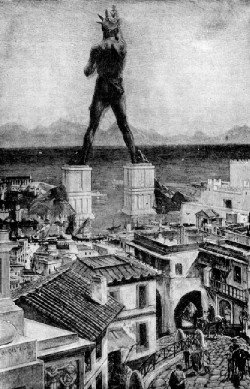
Is there anything left of the Colossus of Rhodes?
There are no longer any remains of the actual statue at the location where the Colossus formerly stood. Visitors to Rhodes can still investigate the region thought to contain this prehistoric marvel, though.
Where is its exact location today? The location of the site is close to the Mandraki Harbor entrance in Rhodes, Greece.
Though the Colossus is nowhere to be seen, tourists can still enjoy the picturesque harbor and the two statues of deer that mark the alleged location of the Colossus' feet. The myth that the Colossus's legs extended over the harbor entrance is honored by these statues of deer.
The location where the colossus stood is close to your cruise ship, which means you will have the whole day to explore the rest of this fantastic island:
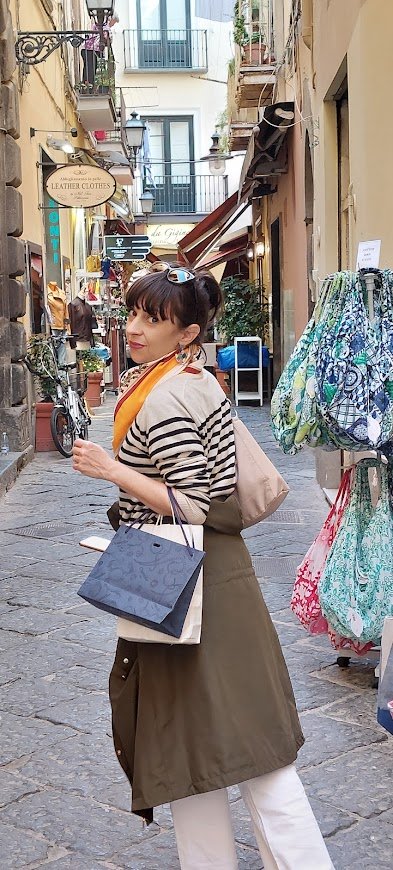
With over seven years working aboard cruise ships as a port guide and shopper assistant, I’ve helped thousands of passengers get the best from their days ashore in Dubrovnik. Now, I want to make you Med confident!
TAKE A SHORTCUT TO TOP 30 MOST VIEWED PAGES OF 2025:
4. Capri ferry
10. Livorno Italy
13. Naples to Capri
16. Messina Sicily
17. Pisa Train
18. Visiting Pompeii
19. Pompeii forum
20. Port of Piraeus
22. Venice vaporetto
23. Venice water bus
24. Livorno map
25. Getting to Zadar
27. Walk Venice
28. Mykonos beach
29. Lucca Italy
30. Pomepii homes
